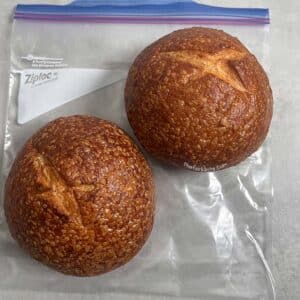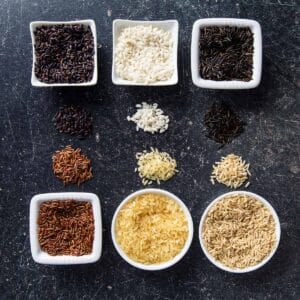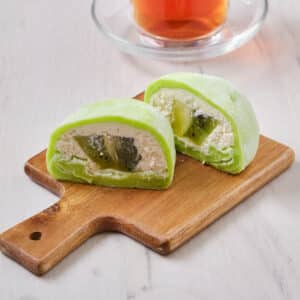Raisins are a delicious addition to any recipe, but sometimes you might find yourself with too many at once. Rather than let them go to waste, why not freeze them? Freezing raisins is a great way to keep them fresh and ready to use when you need them. But how should you go about freezing raisins?
If you're a home cook who loves using raisins in your baking, you'll be glad to know that there's a way to freeze them, so you always have some on hand. Here is a comprehensive guide on the best way to freeze raisins to stay fresh and flavorful.
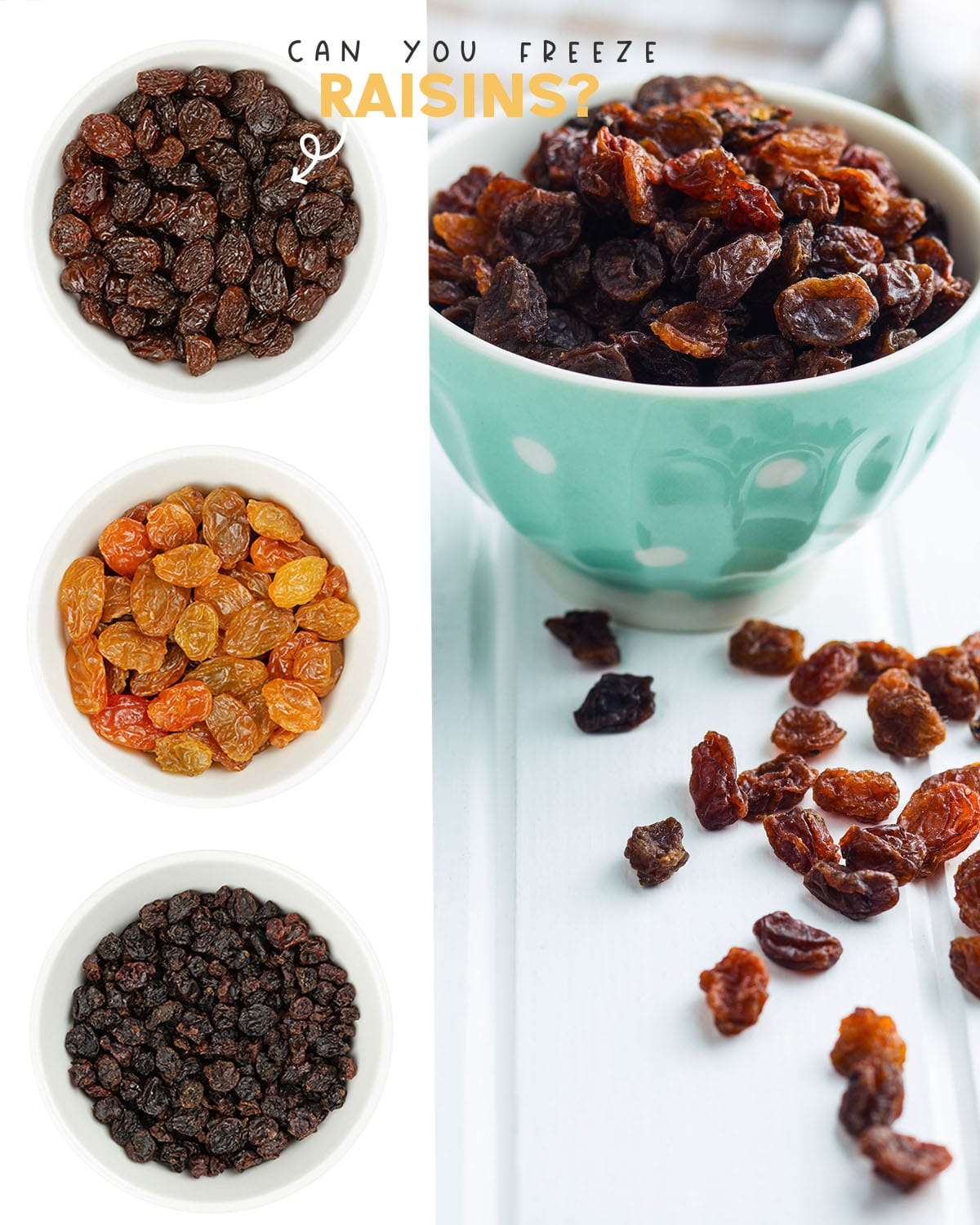
What are raisins
Raisins are a type of dried grape. They are typically eaten as a snack or added to baked goods for sweetness and flavor. You can also use raisins in savory dishes to add a touch of sweetness. The raisins are made by drying grapes, which can be done in the sun or by a dehydrator. These dried fruits are then often treated with sulfur dioxide, making them brown.
Read:
- Empanada Recipe
- Beef Caldereta Recipe (Beef Stew)
Types of raisins that you may not know
There are 6 known types of raisins:
1 Sultana raisins
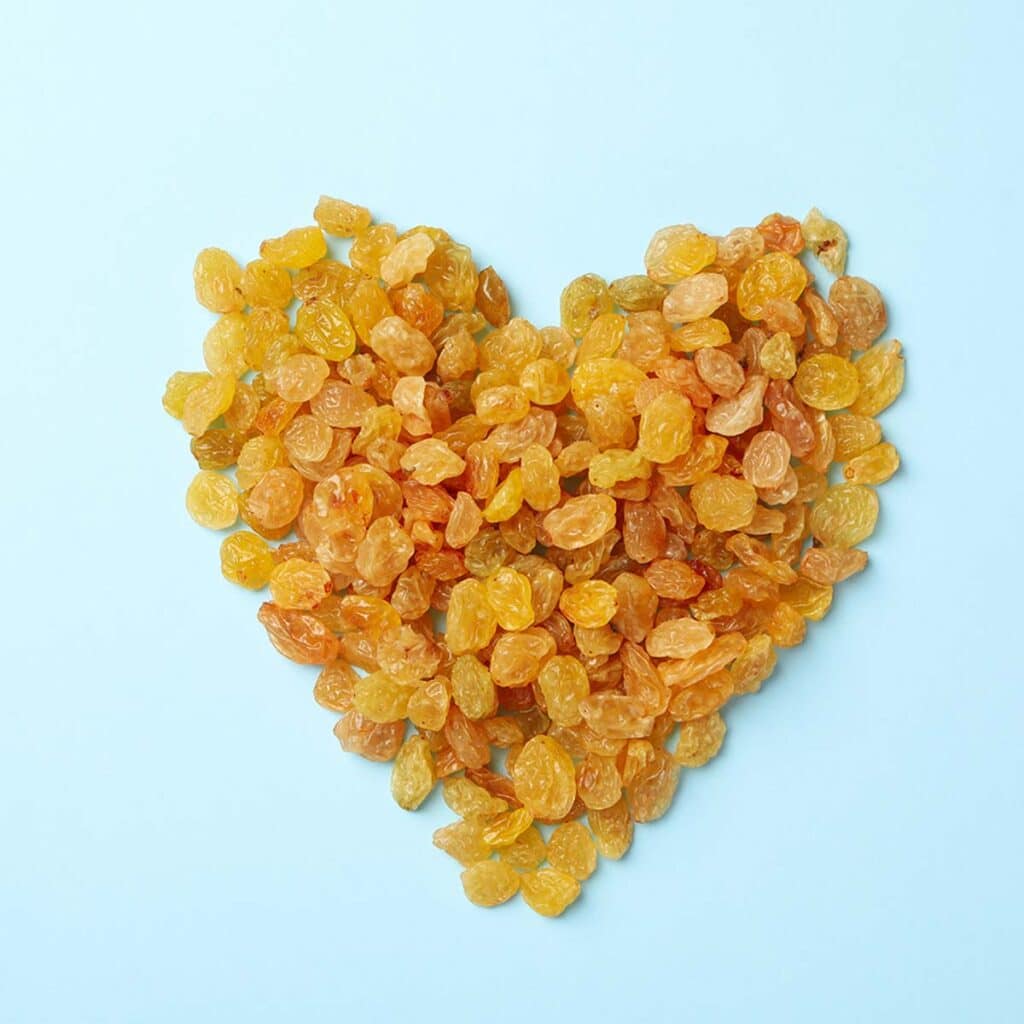
Golden raisins, also known as Sultanas, are dried grapes with a golden color from seedless white-fleshed grapes. In contrast to raisins, these fruits start out pale yellow, but they don't darken as they dry. Compared to raisins, sultanas are smaller and slightly sweeter, but they are also more liquid-absorbent.
2 Currant raisins
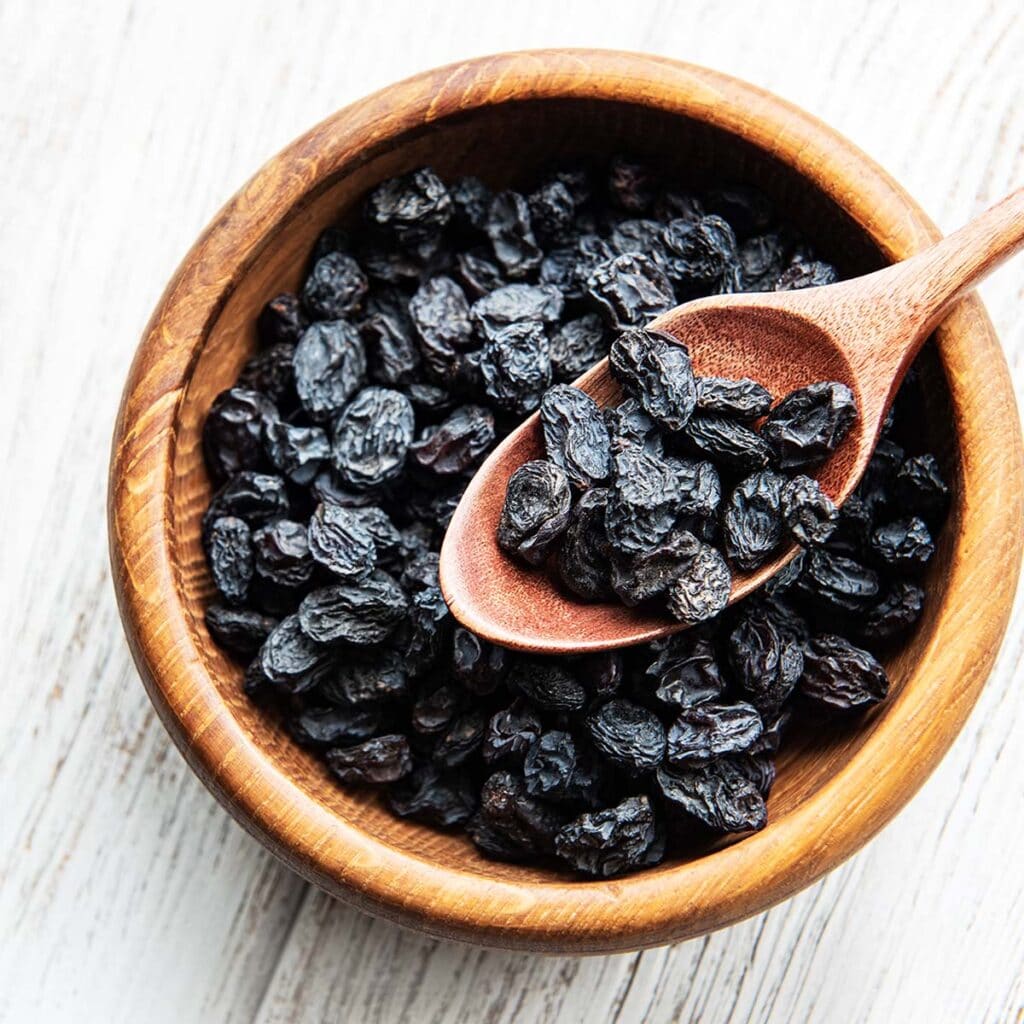
They are small, dried grapes commonly called Zante currants. They are small and have a sweet, tangy, and intense taste that adds flavor and texture to sweet and savory dishes.
The currants you find in your grocery store are most likely Zante currants.
3 Thompson seedless raisins
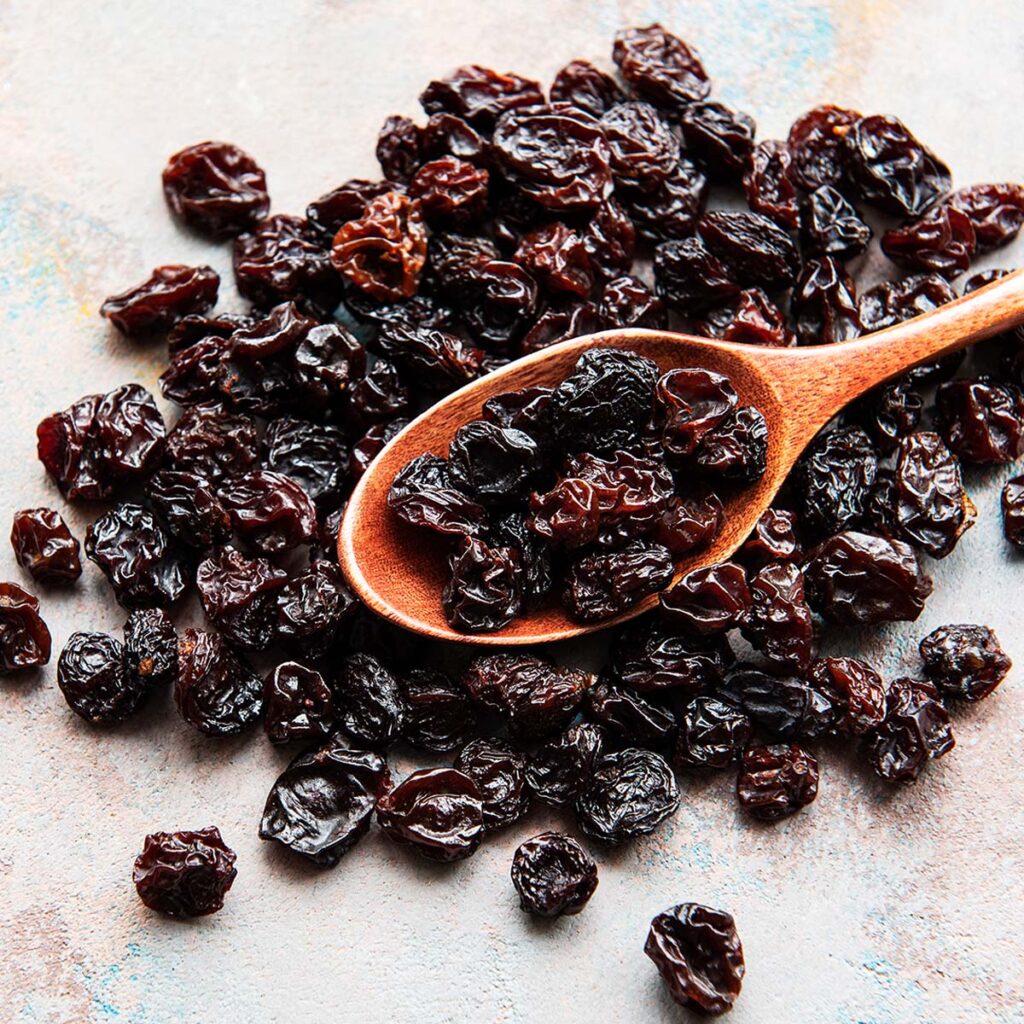
The Thompson Raisins are dried grapes made without sugar, straight from sunny California! Thompson raisins have a chewy and tender texture with a sweet and fruity flavor. These are great energy-boosting snacks or can be added to your baking to make your cakes and bread even more delicious.
4 Muscat raisins
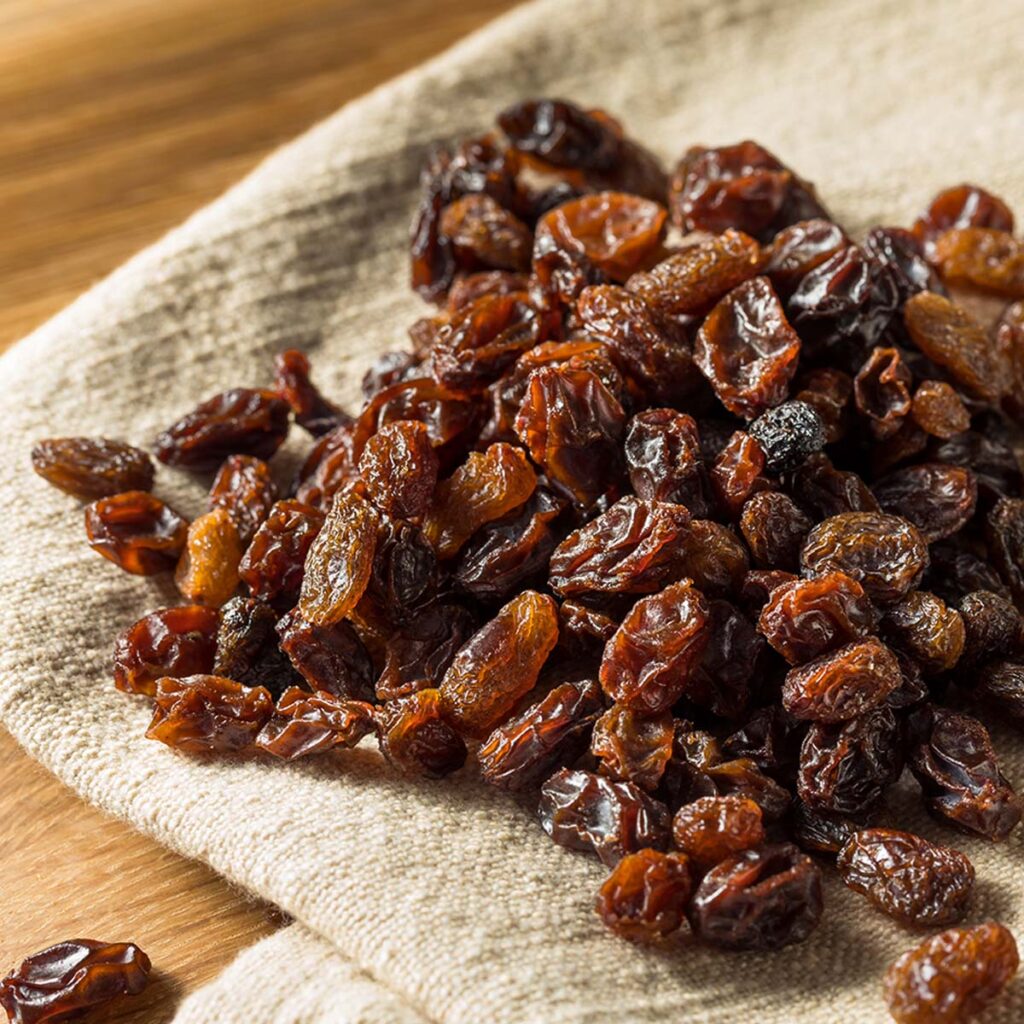
These raisins have a fruity flavor and are large, oversized, charred, dark, and meaty.
Muscat Grapes and raisins have become less popular with the availability of seedless grapes. Muscat Grapes don't have seedless characteristics.
5 Pontic grapes
Pontic grapes are small and oval-shaped with a purple color. They are tart and have a slightly chewy texture.
6 Flame seedless raisins
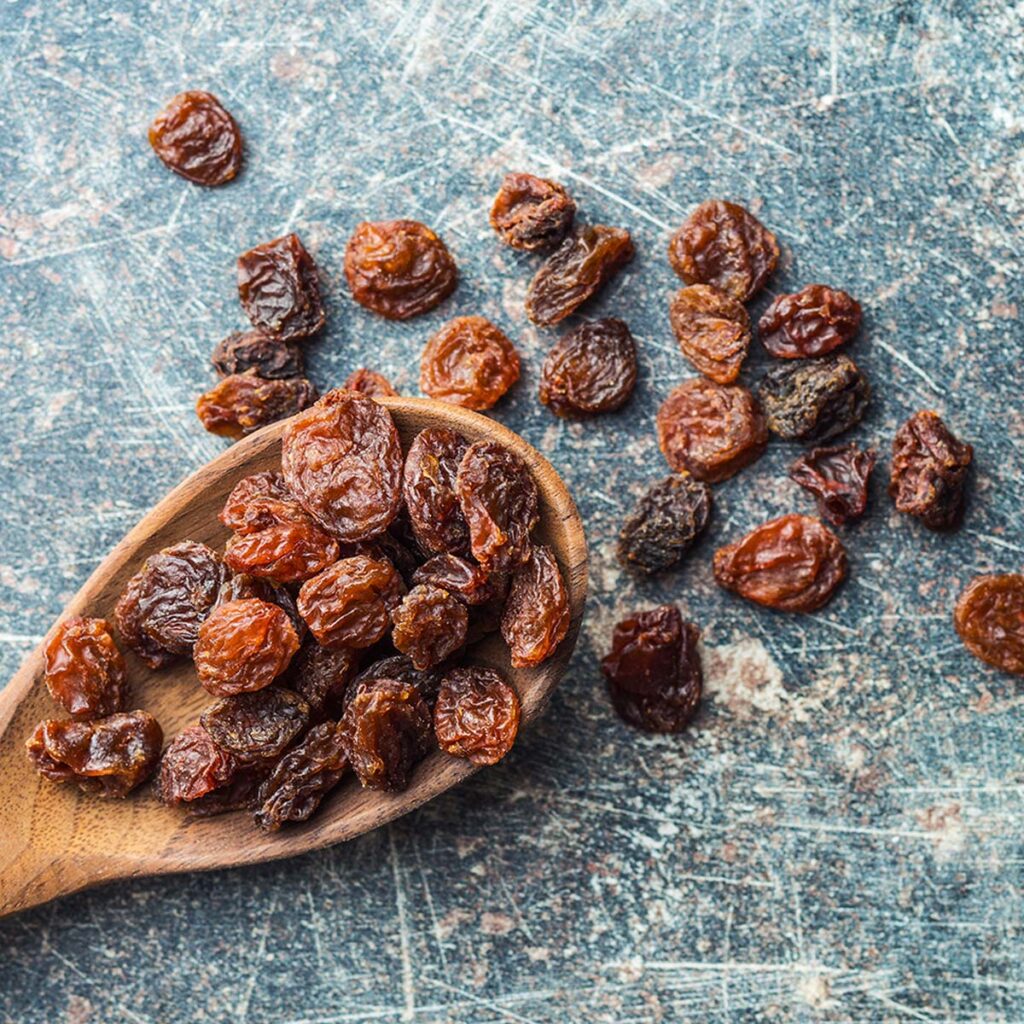
These red seedless grapes are sun-dried and sweet, making them a versatile addition to a wide range of recipes.
Instead of white sugar, dried fruit provides natural fructose, which can be used to curb sweet cravings.
What does it taste like
Like other dried fruits, raisins are sweet and have a chewy texture. They have a sticky consistency and can be easy to bite into. The taste of raisins also depends on the type of grape used. For example, sultanas are sweeter than currants, sultana raisins are milder in flavor, and Muscat grapes are sweeter. Over-dry raisins can taste hard and leathery.
Raisins are a healthy snack.
Raisins are a good source of fiber, potassium, and iron. They also contain antioxidants and have been linked to several health benefits, such as improved digestion, lower blood pressure, and reduced inflammation.
While raisins are a healthy snack, they are also high in sugar. So, be sure to eat them in moderation if you watch your sugar intake.
Raisins are a versatile ingredient.
You can use raisins in sweet or savory dishes like pilafs and curries. For example, you can add them to oatmeal or baked goods for sweetness and flavor. Or, they can be used in savory dishes like stuffing or rice pilaf to add a touch of sweetness.
Raisin nutrition facts
¼ cup (40 grams) of raisins contains:
- Calories: 108
- Protein: 1 gram
- Fat: 0 grams
- Carbohydrates: 29 grams
- Fiber: 1 gram
- Sugar: 21 grams
Raisins are a good source of lower vitamins C and K and iron. They also contain antioxidants, which can help protect your cells from damage. On the downside, raisins have a high sugar content and should be consumed in moderation.
How to choose raisins
When choosing raisins, you'll want to make sure they are plump and have a deep color. Avoid raisins that are dry or have a dull color. You'll also want to ensure that the raisins are free of any stems or leaves.
What is the shelf life of raisins?
In a cool, dry environment like the pantry, an unopened bag of raisins has a shelf life of 3 months after the "best by date." What is the shelf life of raisins at room temperature? An average room temperature can preserve raisins for approximately 6 to 12 months when properly stored.
Once opened, transfer raisins to an airtight container, and they will last for about 6 to 12 months. Raisins can also be stored in the fridge or freezer. If you store them in the fridge, they will last for up to 1 year.
| Fridge | Pantry | Freezer | |
|---|---|---|---|
| Unopened bag of raisins | Best-by-date + 1 to 3 months | Best-by-date + 1 to 3 months | Stored continuously at 0°F will keep indefinitely |
| Opened bag of raisins (sealed in an airtight container) | 6 to 12 months | 6 to 12 months | will keep their best quality for 12 to 18 months |
Can you freeze raisins?
Freezing raisins is a great way to keep them fresh and ready to use when you need them. The best way to freeze raisins is by using an airtight container or a heavy-duty plastic bag. Be sure to leave enough headspace in the container so that the raisins have room to expand as they freeze.
You can also flash-freeze raisins on a baking sheet, then transfer them to an airtight container once they're frozen. This method is best if you plan on using the raisins in a recipe that doesn't require them to be thawed first, such as cookies or quick bread.
Here is a comprehensive guide on the best way to freeze raisins so that they stay fresh and flavorful:
Raisins can be frozen whole, in a sugar syrup, or in an airtight container.
1 To freeze whole raisins:
Spread them on a baking sheet and place them in the freezer for about 2 hours. Once frozen, transfer to an airtight container and store in the freezer for up to 6 months.
2 How to make a sugar syrup:
Mix 1 part water with 2 parts sugar. Cook over medium-low heat until the sugar has dissolved. Remove from heat and let cool before adding raisins. Place the raisins in an airtight container and store them in the freezer for up to 6 months.
3 To freeze in an airtight container:
Place raisins in a single layer on a baking sheet and freeze for about 2 hours. Once frozen, transfer to an airtight container and store in the freezer for up to 6 months.
Note: When freezing raisins, label the container with the date to know how long they've been stored.
How to freeze raisins
The best way to freeze raisins is by using an airtight freezer-safe container or bag. This will help prevent freezer burn and keep the raisins fresh for longer.
When freezing raisins, be sure to:
1 Remove any excess moisture:
Before freezing raisins, remove any excess moisture. You can do this by placing them on a paper towel and letting them air dry.
2 Freeze in a single layer:
It's important to freeze raisins in a single layer so they don't stick together. You can use a container or bag that is large enough to lay them out in a single layer.
3 Store in the freezer:
Once the raisins are frozen, store them in the freezer. This will help prevent thawing and refreezing, which can cause them to become mushy.
How long do raisins last in the freezer?
Raisins will keep their best quality for 12 to 18 months in a properly sealed container, but they will remain safe beyond that point.
Note that the freezer time indicated is for best quality only - frozen raisins stored continuously at 0°F will keep indefinitely.
How do you thaw frozen raisins?
When you're ready to use the frozen raisins, there are a few different ways you can thaw them:
1 Leave them out at room temperature:
This is the quickest way to thaw raisins. Simply leave them out on the countertop until they reach room temperature.
2 Microwave:
Place the frozen raisins in a microwave-safe container and heat them on low power for 30 seconds to 1 minute, or until thawed.
3 Add them to hot cereal or oatmeal:
If you're adding raisins to hot cereal or oatmeal, you can add them while the food is cooking. The heat from the food will help to thaw the raisins.
The benefits of freezing raisins
Freezing raisins is a great way to keep them fresh and ready to use when you need them. And there are several benefits to freezing raisins, including:
- They will last longer: Freezing raisins can help extend their shelf life.
- You can control the portion size: You can portion them out into small bags or containers when you freeze raisins. This way, you can thaw only what you need, which prevents them from going bad.
- They retain their flavor: Freezing raisins helps to preserve their flavor so they will taste just as fresh as the day you froze them.
Why should you freeze raisins?
Freezing raisins is a great way to keep them fresh and ready to use when you need them. It also prevents them from going bad or getting moldy.
Raisins are a healthy snack because they contain no fat or cholesterol and are a good source of fiber and vitamins. Raisins are also a natural sweetener, so you can use them to replace sugar in recipes.
How to store raisins
Keeping raisins dry and cool is the best method for storing them. Humidity will cause them to lose their sweetness and become sticky. Raisins can be stored in an airtight container or bag in the pantry for up to 6 months.
Once you open the package, transfer them to an airtight container and place them in the fridge; they will last for up to 1 year. And if you store them in the freezer, they will last for 12 to 18 months.
Raisins attract moisture, so it is best to keep them in a moisture-proof container. Refrigeration is not necessary, but it will prolong the freshness of raisins.
Do raisins need to be refrigerated after opening?
While raisins don't require refrigeration, they'll remain fresh for longer than one year if you store them in the fridge. If you keep them in a cool, dry place, they will last for 6 months.
How to tell if raisins are bad
What does it mean if raisins are bad, spoiled, or dried out? When it comes to raisins, you can tell if they are bad by their looks. Bad raisins will be dry and hard. They may also be sticky or have a frosty appearance. You should discard raisins if they are sour or moldy.
It is best to smell and check the raisins: if anything smells or appears off, discard it; if mold is visible, throw it away.
What is the white stuff on raisins?
Sugar or crystalline substances forming on or within raisins is a common post-harvest problem known as "sugaring."Natural grape sugars and acids, a natural and necessary component of all fresh and dried grapes, including non-sugared raisins, create the crystals. Sugaring is not recommended since it lowers the appearance of the raisins and can cause them to adhere together.
Do raisins crystalize
When raisins are dried, the grape sugars and acids that are normal and essential components of all fresh and dried grapes, including non-sugared raisins, crystallize on the surface of the raisins.
This process is called "sugaring, " resulting in sugar crystals forming on the raisins. Sugaring is an undesirable process because it makes the raisins less attractive and can cause them to stick together.
How to de-crystalize raisins
If the sugar crystals are not too thick, you can try soaking the raisins in warm water for a few minutes. This will help to dissolve the sugar crystals. You can also try storing the raisins in a humid environment, such as a plastic bag with a damp paper towel. This will help to re-hydrate the raisins and make them less likely to crystalize.
How to store raisins so they don't crystalize
Once you open the package, transfer them to an airtight container and store raisins in the fridge or freezer. Keeping raisins in the pantry for up to six months is possible if they are stored in an airtight container or bag. If you store them in the fridge, they will last for up to 1 year.
What is the difference between seedless and seeded raisins
Seedless raisins are made from grapes that have been dried without the addition of sulfur dioxide, preventing seeds from forming. Grapes are dried with sulfur dioxide so that seeds can develop, which is how seeded raisins are made. Seedless raisins are generally softer and sweeter than seeded raisins.
Can you refreeze frozen raisins?
Raisins are dried fruit, so they do not have the same water content as fresh fruits. When you freeze raisins, the water in the raisins expands and breaks down the cell walls. The truth is that you can refreeze raisins, but they will not taste as fresh as they did when you first froze them.

